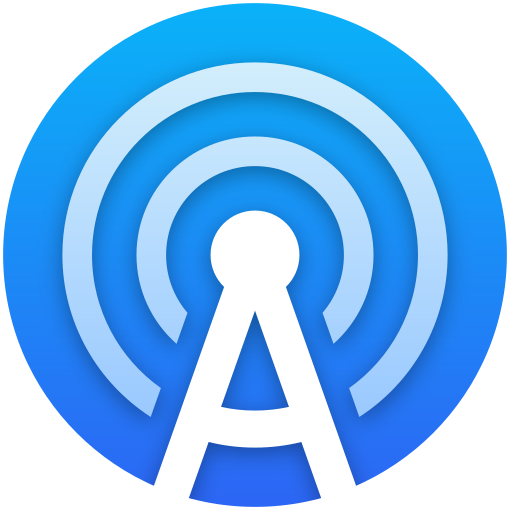Me and some colleagues are putting together a podcast at work. Seeking recommendations for recording hardware on a budget of ~$1000, as well as software suggestions. For editing we have high end computers to work with and access to audition through adobe suite. I am primarily curious about recording gear like a zoom recorder (or not), mics, stands, etc. We are limited by budget and space, as we have an office area or the like to record, but not sure if we have the means for any sound proofing. I have limited experience with the gear end of things, and I have dabbled with different daws and multi track software, but not sure what is the best these days. Any suggestions appreciated!

You only really need a couple of things:
1 - A way to get your mics into the computer. I like the Behringer interfaces with Midas-designed preamps (so not the very cheapest ones) for bang-for-the-buck. They range from $100-250 depending on how many simultaneous inputs you need (2, 4, 8). Similar hardware is available from brands like Presonus or Focusrite for more money. Those brands tend to include some software too, but usually more focused towards music production.
You can also get USB mics that have built-in interfaces but buying a dedicated unit gives you a lot more flexibility on mic selection. I'm guessing at least one of you already has a decent laptop; record to that in a DAW rather than to an intermediary device like a Zoom.
2 - Microphones. Seconding the advice to buy dynamics, not condensers; condensers really want a treated room.
How many colleagues are you going to have talking at once? If it's a ton, you can get decent (not spectacular, keep expectations in check) microphones for as low as $20. Behringer XM8500 (NOT the XM1800S) or BA85A, GLS ES-57. The drawbacks with this price range are: bad plosive rejection, which means you need to pay attention to technique, and use pop filters / clown nose wind shields; and handling noise, which means you need the mic in a desk arm or a stand, and you must not touch them while recording. Better not to even touch the desk.
These things get better when you get up to the $100+ range. The SE V7 is popular but there are a lot of handheld dynamic mic options in this bracket. If there will be a video component and you want something that looks cool on camera, one of the "broadcast-style" mics like a Rode Podcaster or an SE Dynacaster will look better than the handheld ones, but not necessarily sound better. You can listen to/compare a lot of different microphones in a similar context on the Podcastage youtube channel.
You're going to want shock mounts to reduce vibrations for the desk or floor or stand that make it to the mic.
2a - Microphone technique. Stay a roughly constant distance from the mic. Unless you're going to get loud, in which case back off of it. Don't talk straight into the mic - talk across it at an angle to reduce plosives. Don't swallow the mic, you don't need to be right up on it. Always watch your levels, you can't really recover a clipped recording so give yourself lots of headroom.
3 - Software. Don't need to go crazy with this. Audacity is free software that could get it done in a pinch, although it doesn't play great with the Behringer interfaces I mentioned above. I like Reaper for being cheap with no sacrifices (except included virtual instrument plugins, which don't matter here). Most any DAW will include the plugins you need to edit a podcast: EQ, primarily to high-pass out rumbling or booming; a compressor, to level out the dynamic range of the voices; a de-esser to bring down annoying sibilance in the high frequencies if applicable. De-plosive plugins exist but the best way to deal with plosives is not to record them in the first place.
There are also a ton of free options: Airwindows and AnalogObsession make cool stuff and give it away. Don't go crazy buying plugins (learn from my mistakes).
Exception: Waves makes a plugin called Clarity VX ($40) that is an AI-based background noise remover for vocal tracks. It is the only good use of AI. It really does the thing. They also make DeBreath, which is tricky to use but may save some recordings in post while you're figuring your technique out.
Always use less of an effect than you think is right when you're starting out.
Apologies for the delayed response. I just want to thank you for the thoughtful response. This was a big help and we have successfully set up a studio. Thanks!